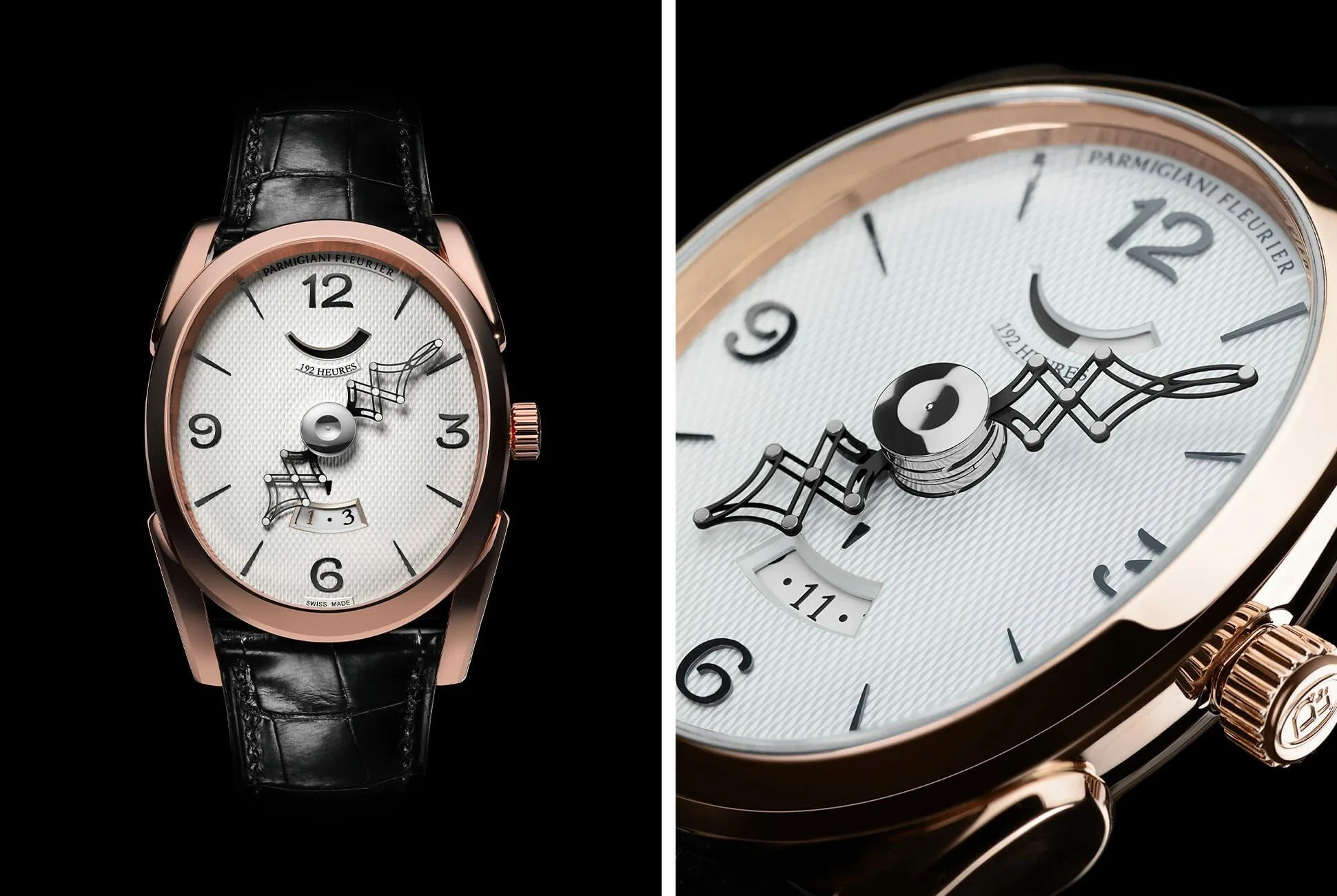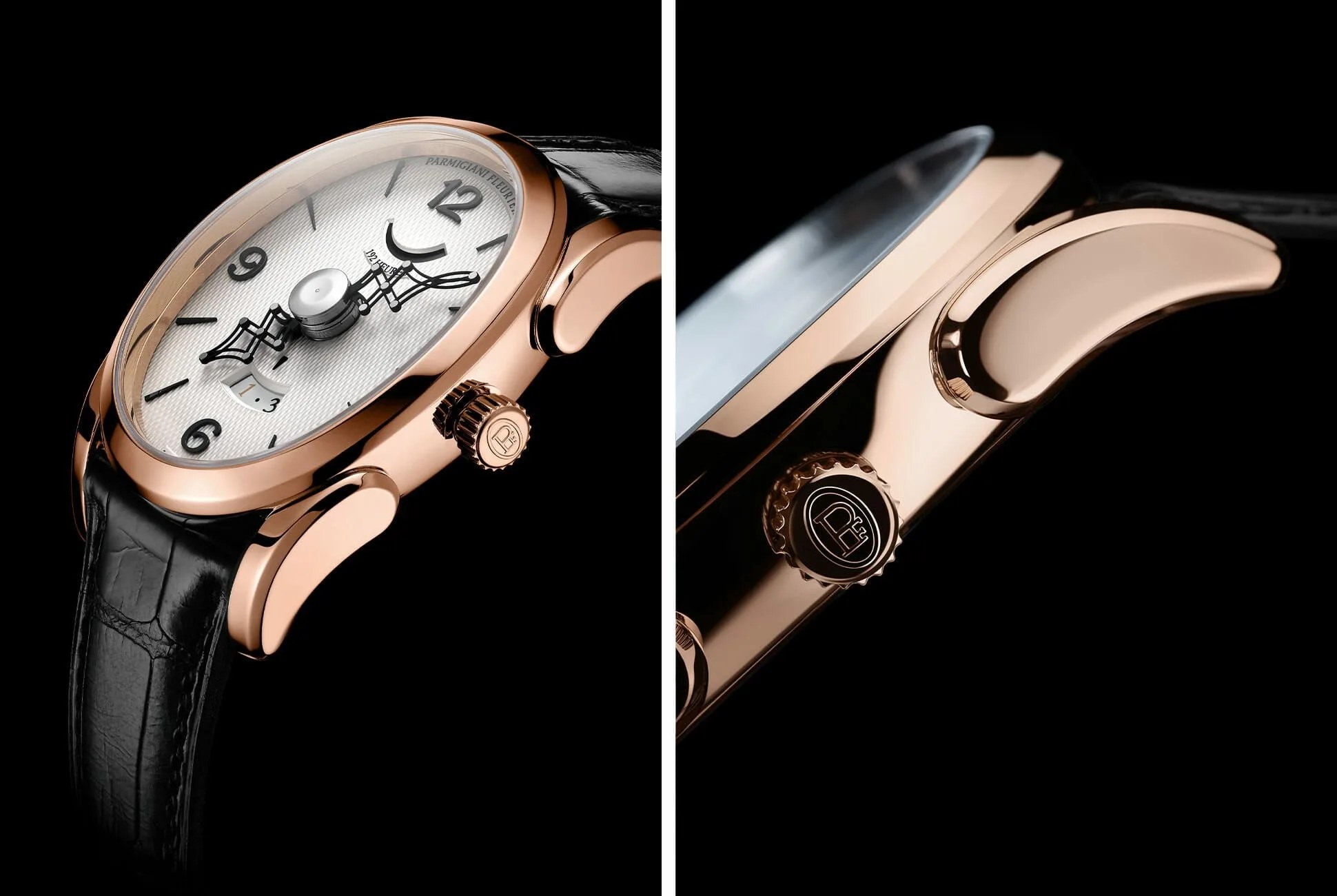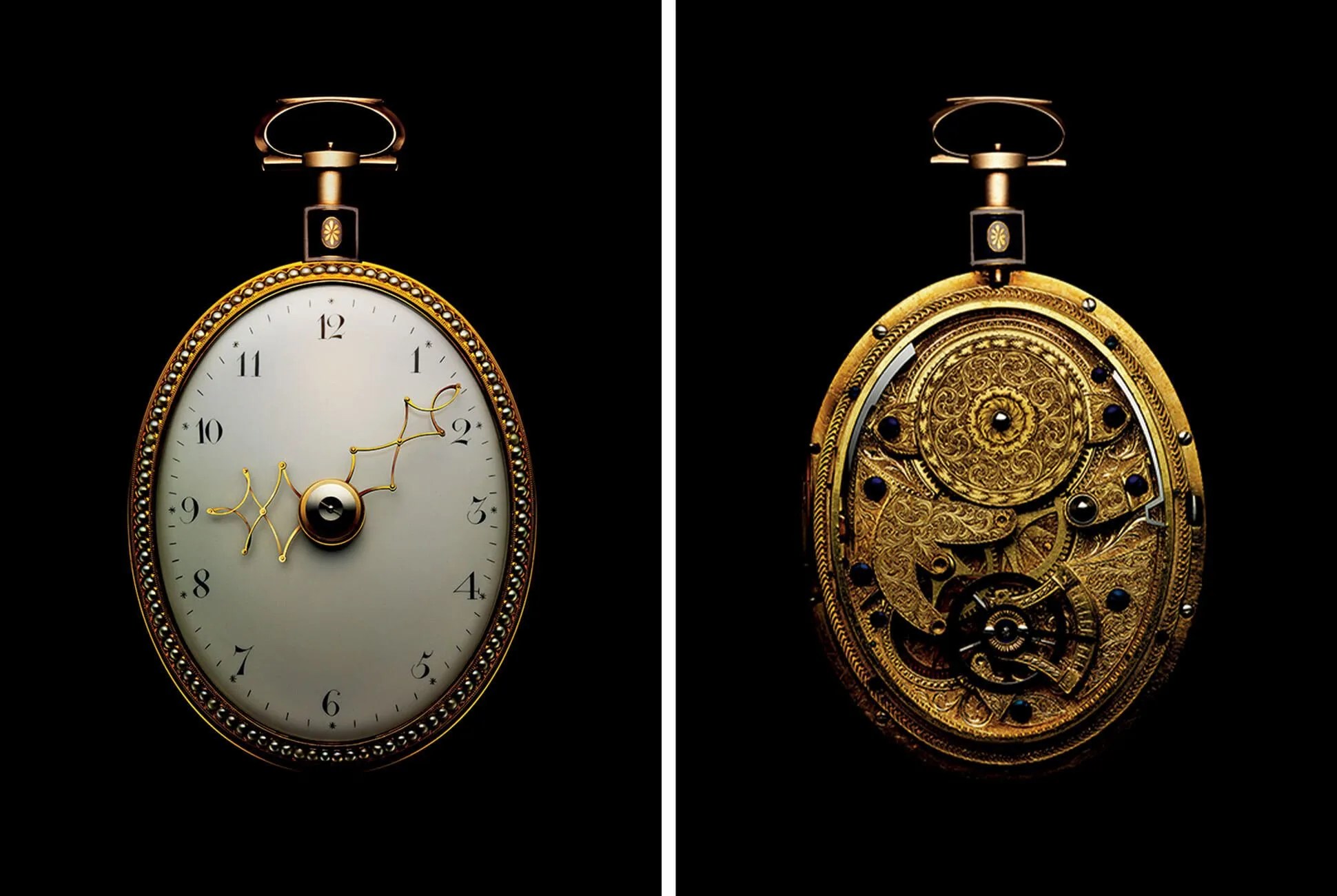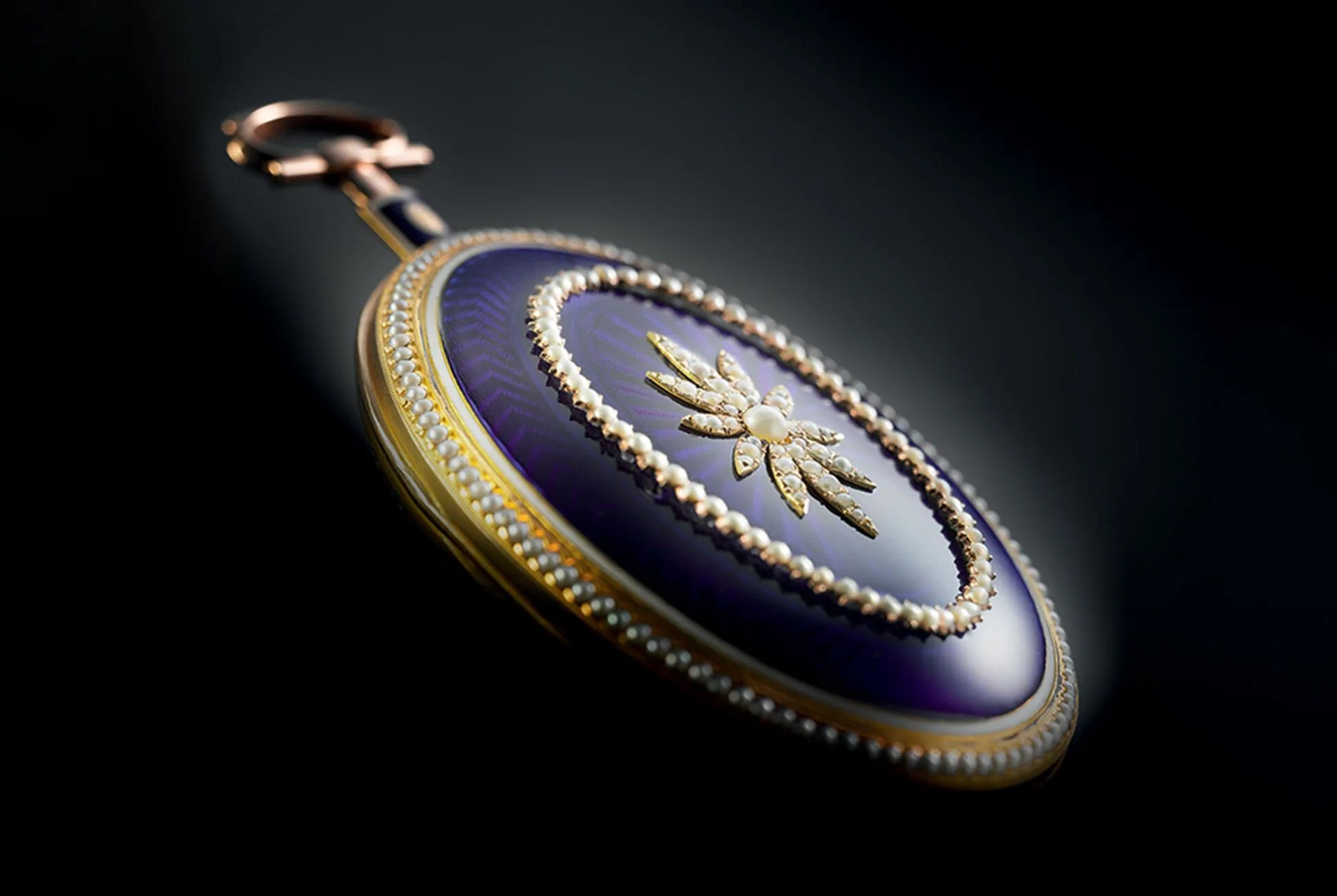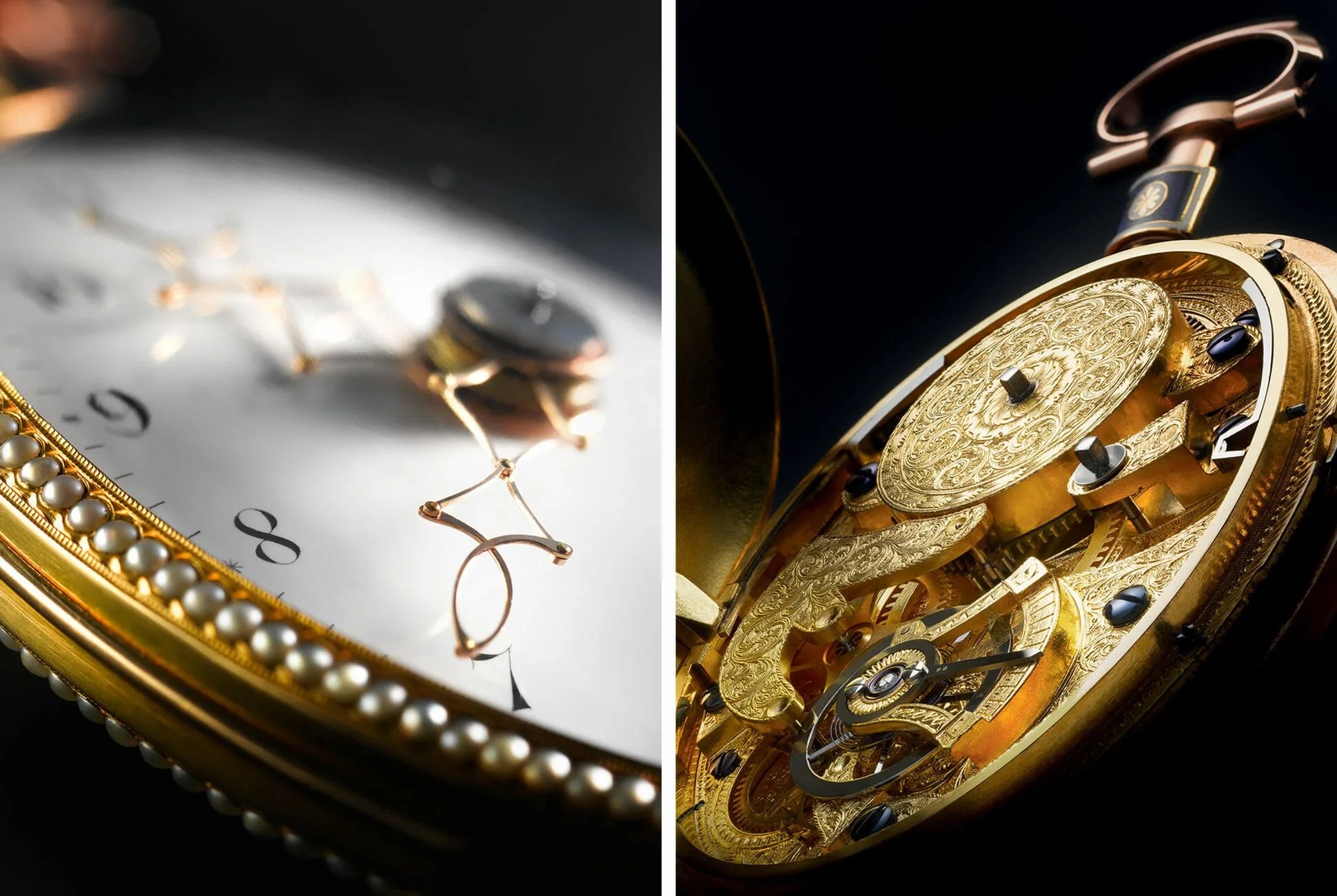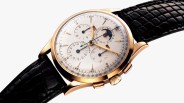5 photos
Welcome to “Watches You Should Know,” a bi-weekly (the once-every-two-weeks kind) column highlighting little-known watches new and old that have interesting stories or have had a surprising impact on the industry.
Today’s watches more often look to past decades than to past centuries for inspiration. However, pre-20th century watchmaking was an age of mechanical experimentation, invention, and creativity that produced exotic objects of incredible craftsmanship, long before the invention of the wristwatch. Often built to bedazzle the likes of royalty were oddities such as robotic automatons that write a letter, bejeweled mechanical silkworms that crawl along a table, or a pocket watch with hands that extend and retract like accordions as they travel around the dial. It’s the latter example that led to a watch called the Ovale Pantographe, and it’s unlike any other modern watch.
Admittedly, this wouldn’t seem like the most pressing engineering problem: on rectangular or oval-shaped watches, the hands can look too long where the case is narrower, and vice-versa. Sure, a simpler solution would be to design a uniformly round watch — but alas, this has been done before and would be far too simplistic an exercise. One 19th century watchmaker’s answer was to employ exceedingly complex mechanics to cause the hands to actually change shape and consistently reach their respective tracks around the dial.
5 photos
This pocket watch with its unique hands was created in London by watchmaker William Anthony around the early 1800s. Famed watchmaker Michel Parmigiani then restored the pocket watch in 1997 and released a wristwatch tribute to it in 2013. While remaining understated in appearance, the Ovale Pantographe stands out immediately as something special.
Its refined, ovular shape is, first of all, uncommon in modern men’s watches — it’s the system for the hands, however, that really makes it unusual. At first glance, they’re obviously more complicated than those of most watches, but the effect as they extend and retract to fit the ovular shape is most easily appreciated when setting the time, as they move more quickly around the dial.

